As we enter into this topic, take a moment to think about a situation where you noticed another vehicle driving very poorly. Maybe they were swerving, speeding, or doing something…
Read More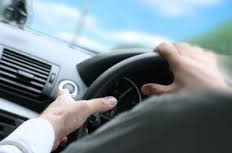
My blog about motoring in general

As we enter into this topic, take a moment to think about a situation where you noticed another vehicle driving very poorly. Maybe they were swerving, speeding, or doing something…
Read More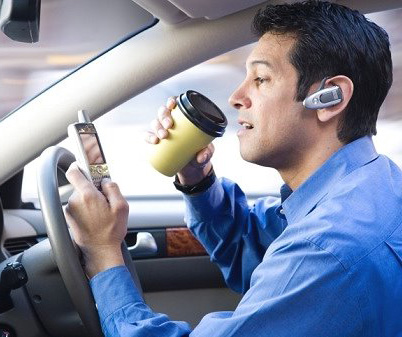
Wow! Look at that bird perched in the tree! Not while you are driving you don't. It is inevitable things will catch you eye while behind the wheel, but paying…
Read More
Getting a short notice test is achieved by making use of existing previously booked driving test cancellations appointments. For example, if a test candidate is not ready for or unable…
Read More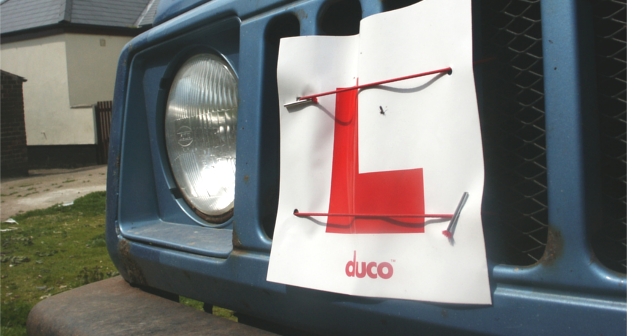
Research by Intelligent Car Leasing reveals that driving tests are showing an overall decline in collisions with other vehicles over the past 5 years. Intelligent Car Leasing gathered data on…
Read More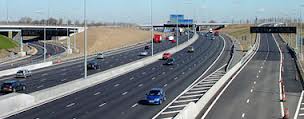
A two-year experiment by the Danish Road Directorate shows accidents have fallen on single carriageway rural roads where the speed limit was raised. Accidents have also fallen on motorways where…
Read More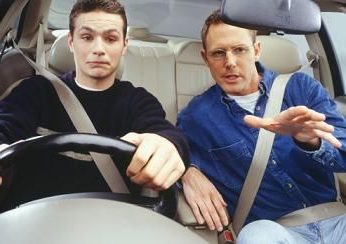
Google driving schools and you will get over 600k results. So how are you going to whittle through these and make a decision that may involve your future. You will…
Read More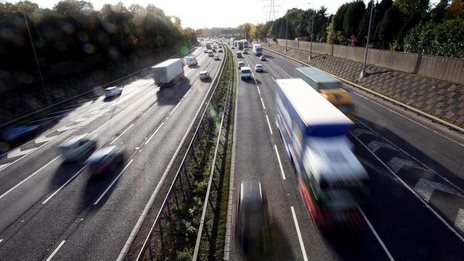
Congratulations, you've passed your driving test! Now all those nerve wracking moments are behind you, you're free to drive a car unaccompanied from now on, but it's important to take…
Read More